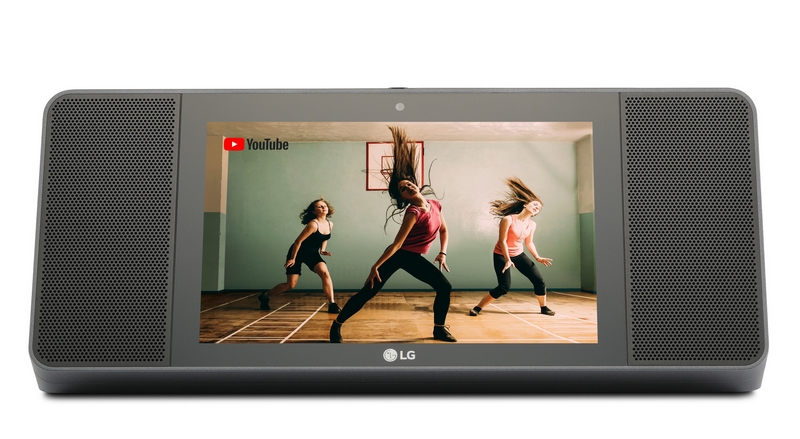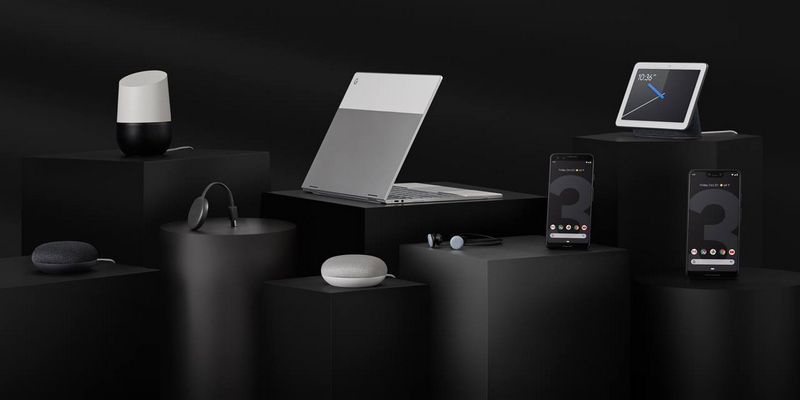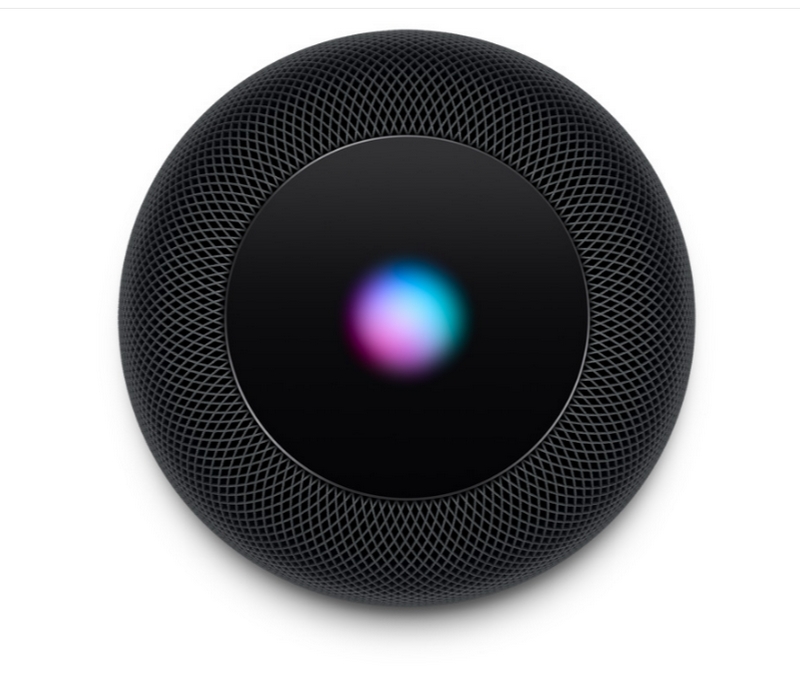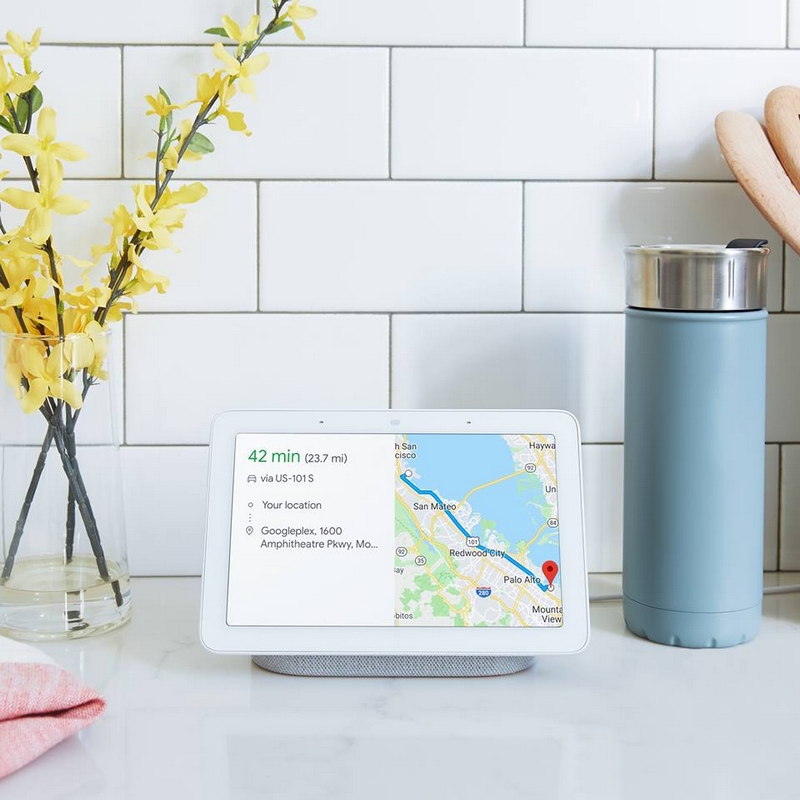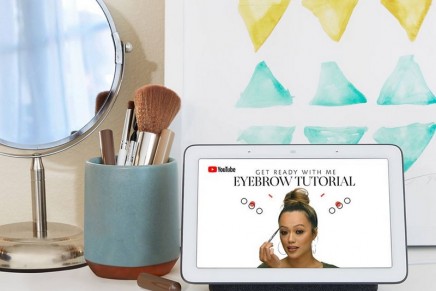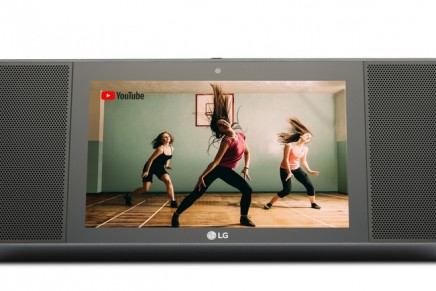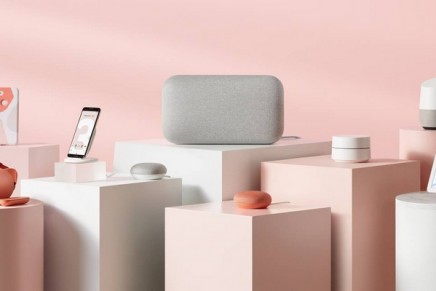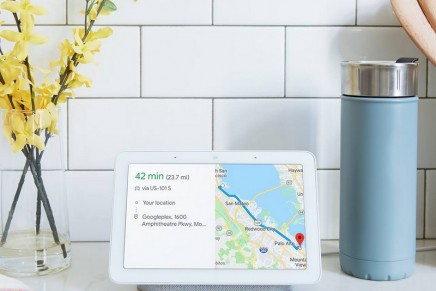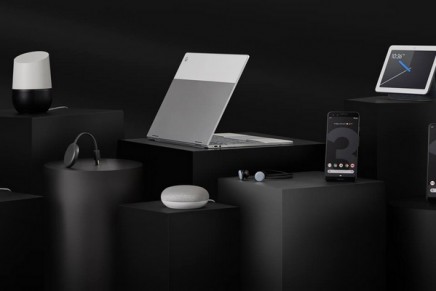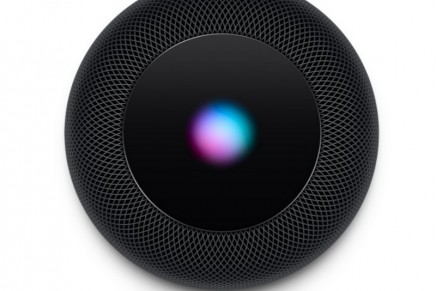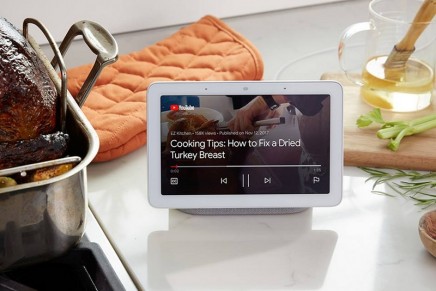Smart speakers is the latest, fast-growing trend in the tech world.
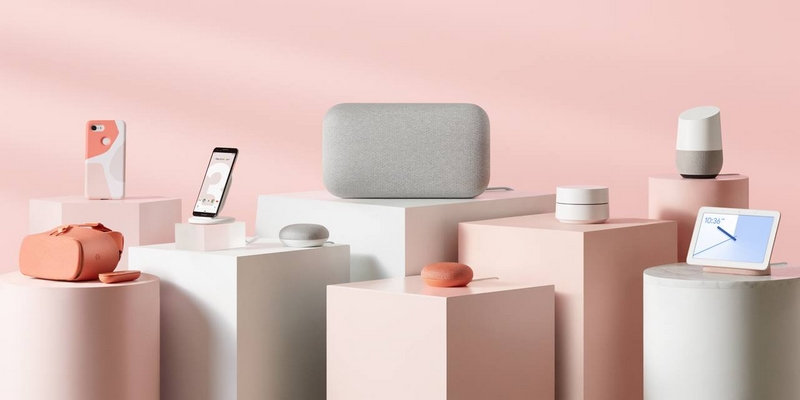
google home hub; photo: google home hub
More and more tech companies are entering the AI and voice control technology segment, with many devices incorporating digital assistants such as Amazon’s Alexa or Google Assistant. People are speaking to their smart devices a lot more. Smart speakers are used by blind people, for kids education, while some states look to smart speakers to make government information more accessible. The smart speakers can answer interesting questions, control home appliances and shop. But voice activities are expanding beyond music, directions, recipes and weather. People are talking comfortably to the device in front of others. And that number is on the rise, says a new study by Adobe Analytics. The survey of over 1,000 U.S. consumers showed that 76 percent of smart speaker owners increased their use of voice assistants in the last year.
The increasing collaborations with smart ecosystem providers is propelling the demand for new products in this segment in the global market. Tech giants such as Google, Amazon, Apple, and Microsoft are leveraging its smart assistant platforms to introduce innovative products.
According to NPR‘s study analyzed by digitaltrends, over 65 percent of consumers said they’re using their voice-activated speaker to stream music, answer questions, tell jokes, play games or using their borgata casino promo code for entertainment. Meanwhile, 31 percent said they used their speaker with a smart device to control things like lighting and temperature.
“We expect families will soon make up the core of the smart speaker user base,” wrote eMarketer analyst Jasmine Enbergin in the May report: Hey Alexa, Who’s Using Smart Speakers?
“Today, many voice platform providers see kids and families as a potentially lucrative market. In 2017, Mattel announced Aristotle, a smart speaker designed for children that was dubbed an ‘AI babysitter.’ While the company pulled the plug on the product later that year amid privacy concerns, other voice platform providers have announced family-related initiatives,” eMarketer principal analyst Victoria Petrock wrote in the What’s Next for Voice Control? report released earlier this year.
“In April 2018, Amazon introduced its Echo Dot Kids Edition, which features parental controls, kid-friendly content and a colorful case,” said the expert.
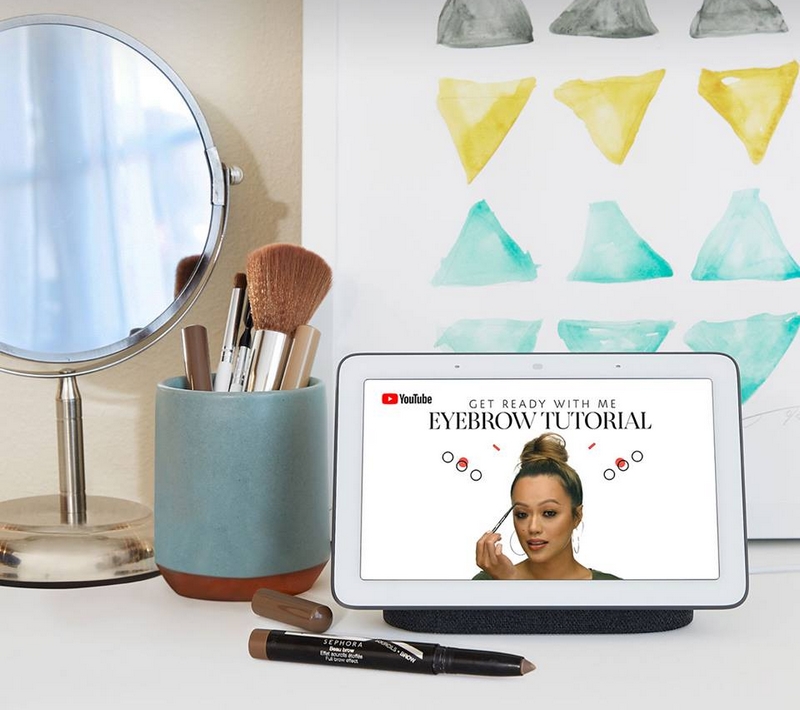
Sephora YouTube tutorials on Google Home Hub; photo: google home hub
Get the help you need at a glance so you can get right back to what matters.
The rapid improvement in audio quality and product designs will help manufacturers to gain a larger market share and attract new consumers over the next few years. For instance, Google Home Max by Google is an attempt to focus on sound quality as well as smartness of the speakers. Apple, living up to its reputation, focused on sound quality and launched HomePod in February 2018. Such innovations will boost the demand in the global smart speaker market, says the most recent ReportBuyer Report.
From this month, LG is offering a new home entertainment device with all of the smart capabilities that come with the Google Assistant plus an elevated audio experience. According to Tim Alessi, head of product marketing at LG Electronics USA,the LG XBOOM WK9 Smart Display offers a great package of features to those who don’t want to sacrifice audio or video quality in a smart home device. Equipped with a front-facing camera for video conferencing and two 20W speakers tuned by Meridian Audio, the WK9 offers crystal clear audio and with an 8-inch touch display, consumers can enjoy their favorite YouTube videos and easily access resources like Google Maps or Photos.
The undisputed leaders like Google Home Hub are offering YouTube tutorial videos to help beginners to get knowledge of the working and set-up of voice-assistant speakers.
iHome, one of the leaders in award-winning speakers, portable devices and smart home control solutions, announced the latest in its line of devices featuring Amazon Alexa Voice Service (AVS), the iCVA66 vanity mirror and iAV14 bedside clock. Both devices are providing convenient access to Alexa from bed or when getting ready for the day or night ahead. Both products also feature Bluetooth audio streaming, excellent sound quality and access to thousands of Alexa Skills including Smart Home solutions controlled by voice.
As Nisan Davydov, Associate Marketing Manager at iHome, during skin care routines, makeup applications, shaving andmore, users can charge their phones, listen to music, answer calls and use Alexa to play music, set alarms, check calendarsor access news, traffic, weather and more. All these actions are made by voice, so users don’t have to disrupt their preparations.
The ownership numbers to climb even further in 2018. Ownership of smart speakers has increased by 4% since December 2017.
“Technology trends come and go, but we think voice is here to stay,” said Colin Morris, director of product management for Adobe Analytics, at the release of the “State of Voice Assistants” Adobe Digital Insights 2018. “Consumers continue to embrace voice as a means to engage their devices and the Internet. It’s a trend that has fundamentally changed the face of computing.”
The Adobe Analytics’s study found the most common voice activities are asking for music (70%) and the weather forecast (64%) via smart speakers. Other popular activities include asking fun questions (53%), online search (47%), checking the news (46%), basic research/confirming info (35%), and asking directions (34%). But usage is expanding. Approximately 36% of the people surveyed said they use voice services to make a call, 31% use it for smart home commands, 17% order food delivery or takeout, and 16% use it for flight/hotel research.”
The study also found that smartphone speaker ownership is driving voice usage.
Now is a great time to buy smart speakers.
Experts and media say, there likely won’t be any major new releases until early to mid-2019. Most of these devices, explains wired.com in best smart speakers research, “should last several years, since many of the improvements have to do with the services powering each digital assistant rather than the hardware.”
Owners of smart speakers are different from those who don’t own one. They embrace voice tech across all of their devices (smartphone, laptop, wearables, and cars). As voice technology will enter into its adulthood and becomes more refined and omnipresent, consumers will discover different ways to leverage it and used it the shopping and research process. Moreover, voice tech is getting incorporated in our culture.

